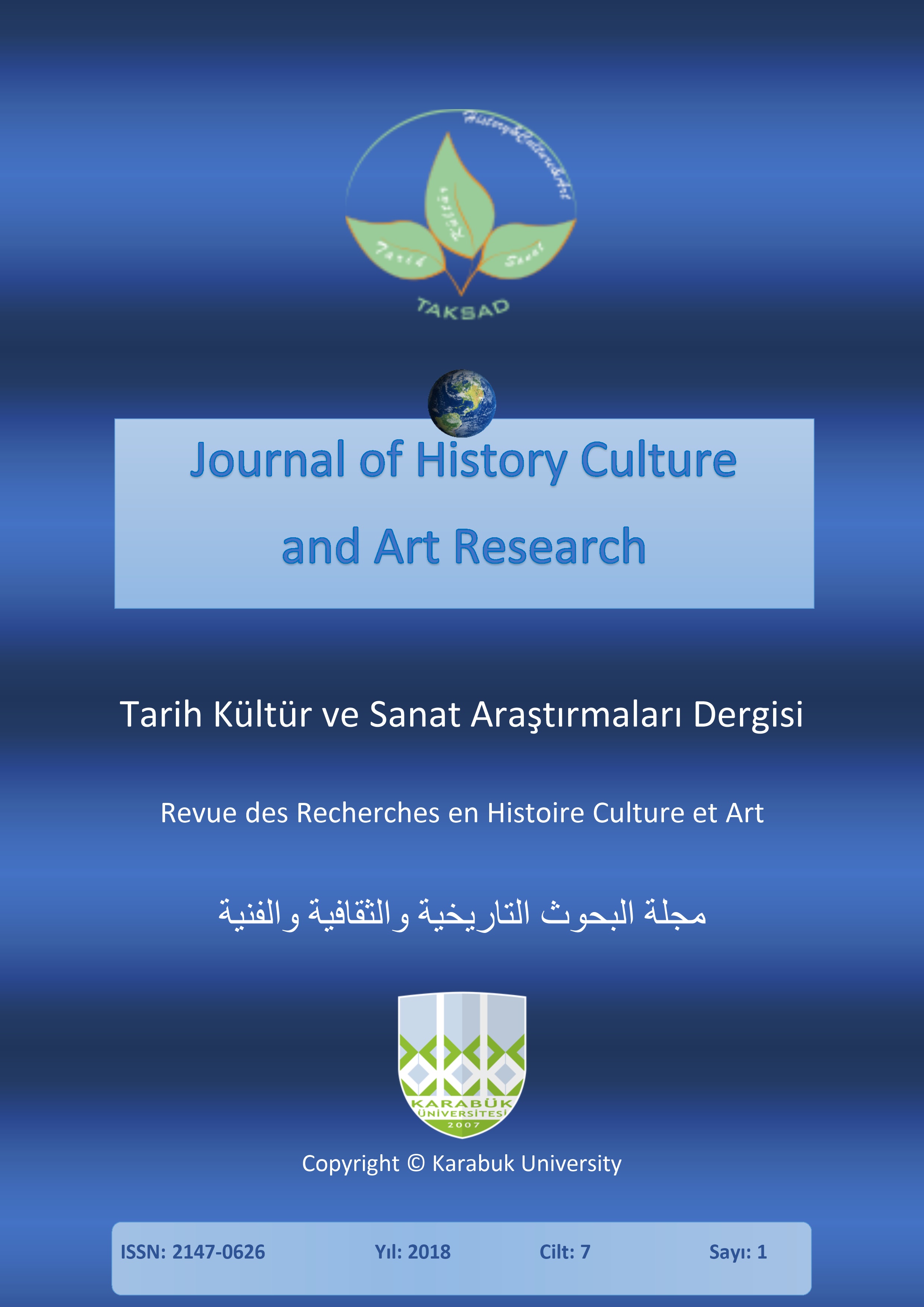Window in Iran Islamic Architecture with Emphasis on Role of Light
DOI:
https://doi.org/10.7596/taksad.v7i1.1454Keywords:
Window, Iran Islamic architecture, Light.Abstract
Presence of light during history and in various architectural oeuvres, in addition to functional aspect, as factor for illumination and life conferring to daily activities, it has been abundantly addressed from spiritual aspect and in doctrinal discussions of religions. During Islamic epoch, light was manifestation of god existence and for this reason, it is respected and deemed as sacred. Islamic architecture particularly in Iran has a special emphasis on the light. This study is carried out by descriptive analytical method. Results showed that window as the inlet of light preserves light presence hierarchy, also in symbolic and mystical concepts like excellence, upward tendency and establishing a spiritual space in architecture, each one has been manifested in some way or another.
References
Arjmandi, H. & Tahir, M. (2011). Psychological and spiritual effects of light and color from Iranian traditional housed on dwellers. Journal of social science and humanities, 6(2), 301-288.
Bemanian, M. & Nikodel, F. (2014). Examining the variety of daylighting and methods of light supply in mosques of Tehran Qajar era. Journal of Islamic architectural scientific center, 2(3), 10-15.
Bohme, G. (2014). Light and space: on the phenomenology of light. Dialogue and universalism Journal, 24(4), 73-62.
Bolkhari Qahi, H. (2009). Mystical basics of Islamic art and literature. Sureh Mehr publication, Tehran, Iran.
Ebadi, N.; Loloei, K. & Eskandar, S. (2016). Evolution process and proportions of window in Iranian architecture, culture international conference. Islamic art and architecture Journal, 1(2), 8-10.
Elahi, J. (2014). Evolution of concept of window in Iran architecture (Sash window case study). Tabriz university publication, Iran.
Javani, A. & Javani, Z. (2010). Studying relationship between application of light and Iranian pattern of thought (the Iranian ideology). Color and light architecture Journal, 1(2), 46-39.
Kashmiri, H.; Noshadi, Z. & Abbasi, M. (2013). Examining physique and spiritual meanings of light in Iran traditional architecture with attitude to mosques and houses. Tehran publication, Iran.
Mahdavinejad, M. & Motavar, S. (2012). Quality of light wells in Iranian domes by attitude to dome structural issues. Naqshe Jahan journal, 2(3), 10-12.
Memarian, Q.; Azimi, S. & Kabudi, M. (2014). Blue color origin in windows of residential traditional buildings. Journal of Islamic architecture, 1(3), 6-9.
Motaqedi, M. & Fuladi, V. (2014). Window, a glance to life (examining the meaning and situation of window in Iranian architecture), culture oriented urbanization national conference. Sheikh Bahaei University, Isfahan, Iran.
Naseri, G. H. & Tamizi, M. (2011). Assessing the function of light and assessing the function of light and architectural view. World academy of science, engineering and technology, 5(1), 234 232.
Pirnia, M. K. (2001). Familiarity with Iran Islamic architecture. Tehran: science and industry university publication, Iran.
Qiabaklo, Z. (2008). Examining the colorful glasses effect on degree of light and passed energy in colorful range, scientific. Journal of color technology and knowledge, 1(2), 4-8.
Shafiei, F.; Fazeli, A. & Azadi, M. (2014). Examining the epiphany of light meaning in Islamic architecture (based on Sohrevardi enlightenment attitude about light and emphasis on Islamic mosques indexes). Islamic art Negarineh publication, Iran.
Shaygan, D. (2004). Mental idles and eternal memory. Tehran: Amirkabir publication, 6th edition, Iran.
Soltanzadeh, H. (2007). Residential units and neighborhoods. Tehran: Iran cities articles set, Iran.
Vafi, M. (2002). Window in residential architecture of Isfahan safavid period. Art and architecture journal, 5(2), 9-11.
Downloads
Published
How to Cite
Issue
Section
License
All papers licensed under Creative Commons 4.0 CC-BY.- Share — copy and redistribute the material in any medium or format
- Adapt — remix, transform, and build upon the material for any purpose, even commercially.
Under the following terms:
Attribution — You must give appropriate credit, provide a link to the license, and indicate if changes were made. You may do so in any reasonable manner, but not in any way that suggests the licensor endorses you or your use.
- No additional restrictions — You may not apply legal terms or technological measures that legally restrict others from doing anything the license permits.







